Compression Running Socks: Awesome reasons to wear them + which are best for you?
We've all seen those compression running socks and if we don't own a pair we begin to wonder what the hype is about them.
Do they really help endurance runners or are they just another piece of sporty looking running gear?
On this page we will discuss:
- What compression socks actually are
- The two different types of compression socks
- The positive and negative research on compression socks
- The best compression socks for runners!
Alright, let's get started!
What are compression running socks?
Compression running socks compress, or applies pressure to a certain part of the body thereby providing stability and support to the tissues.
The idea behind the socks is to reduce discomfort during exercise and promote recovery afterwards. They have been won over in the running world by elite and recreational athletes alike.
Most runners wear below the knee socks that focus the pressure on the calves (the belly of the gastrocnemius muscle).
However you can get low socks (hit just above the ankle) and ones that hit above the thigh.
It all depends on where you need the stability and support the most.
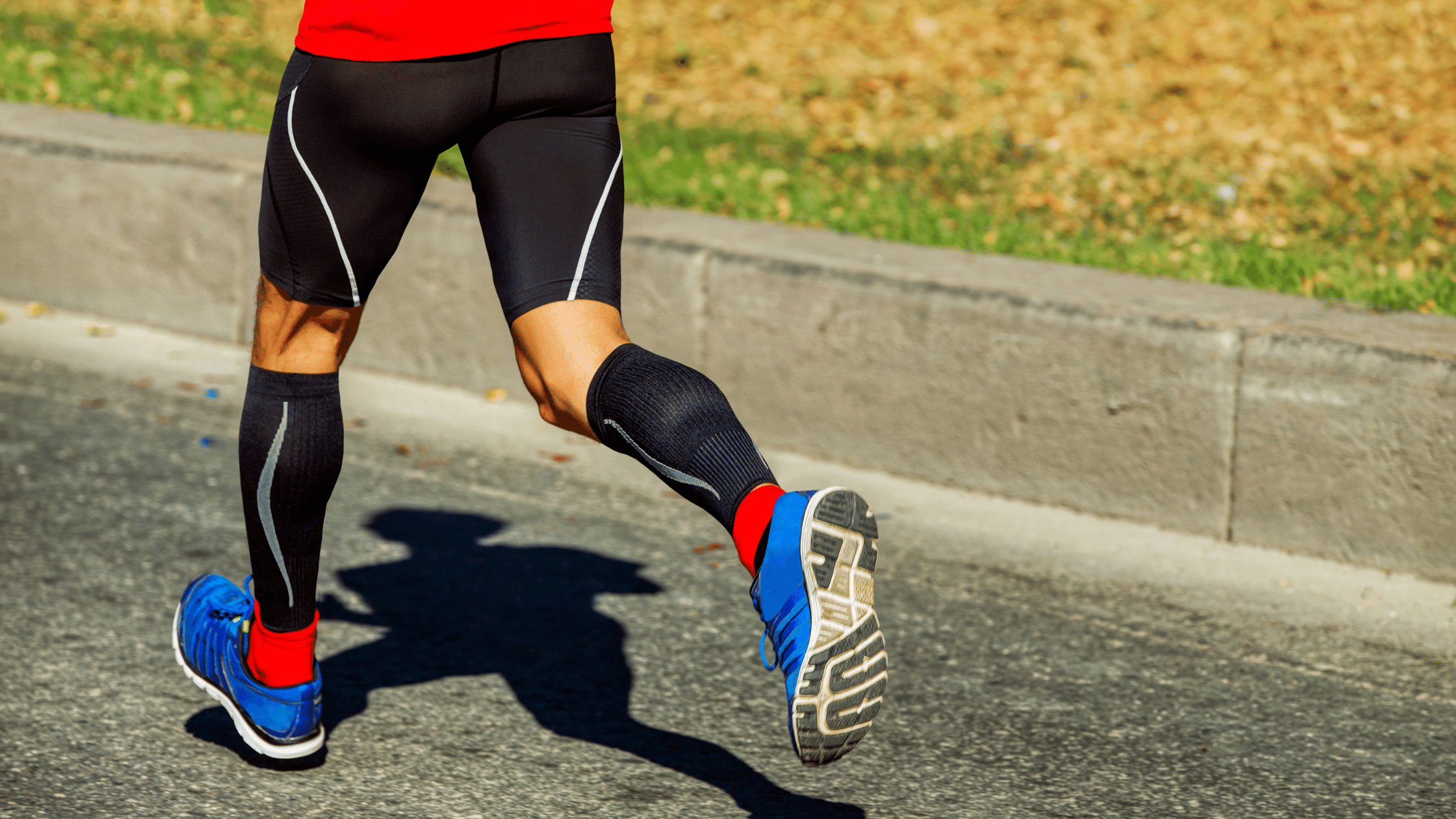
Two types of compression - Which is more comfortable?
Compression socks are actually quite comfortable to wear and come in two different types:
- graduated compression
- controlled (or constant) compression
The term, "graduated" refers to the amount of pressure that they are placing on the underlying tissues in varying degrees.
The socks become less constrictive as they go up the leg (thus they are graduated) and help blood flow back to the heart.
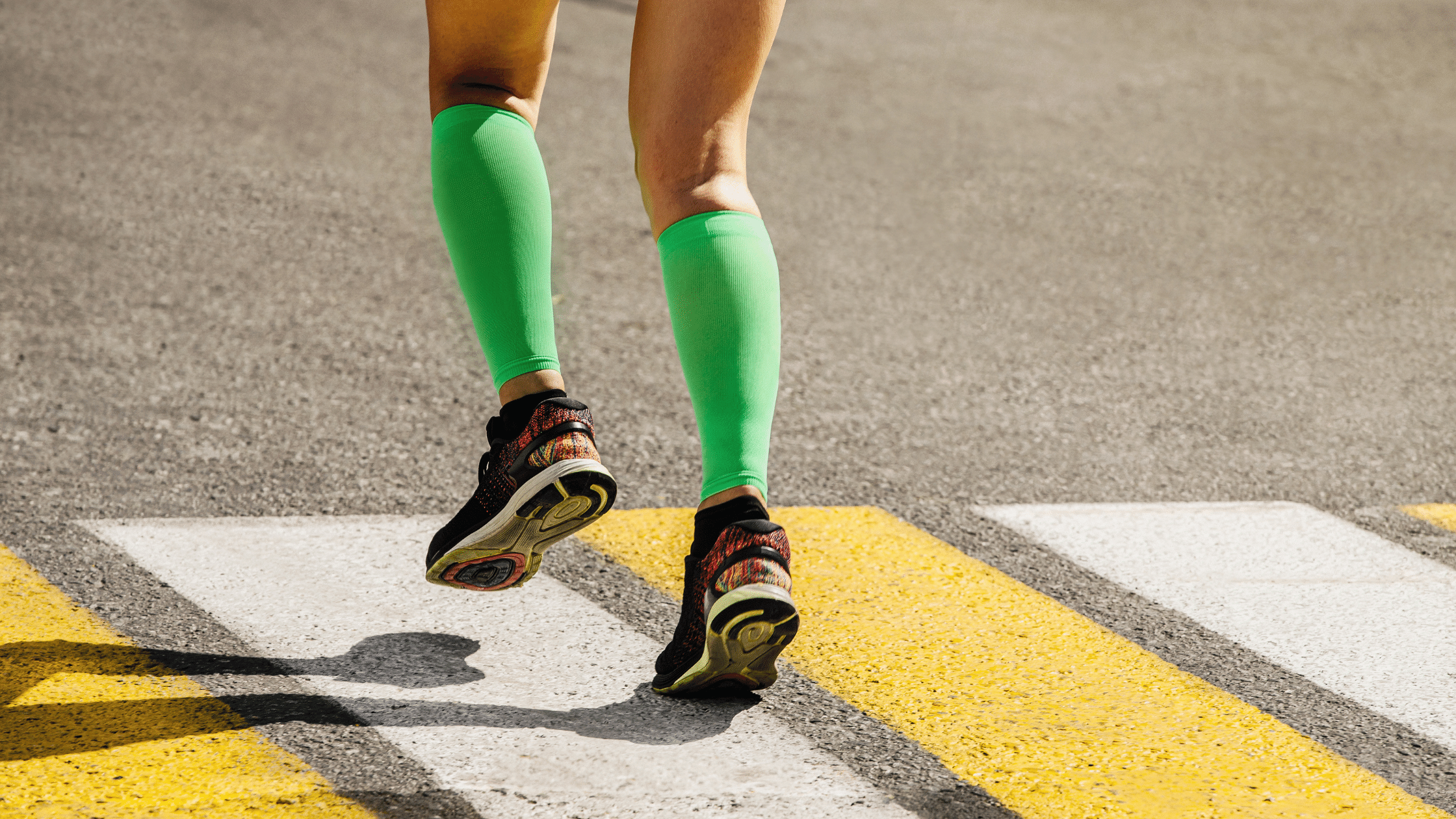
In general, the controlled compression and low grade socks are
more comfortable to wear than a medium or high grade compression as
these tends to be tighter and a bit more difficult to put on.
However the research has found that graduated pressure socks do not reduce the onset of muscle fatigue in running any more than the constant pressure socks do.
Therefore it is merely a preference of comfort for the runner in choosing what grade or type to purchase.
That being said, calf stockings with constant pressure seem to offer more significant benefits at delaying muscle fatigue.
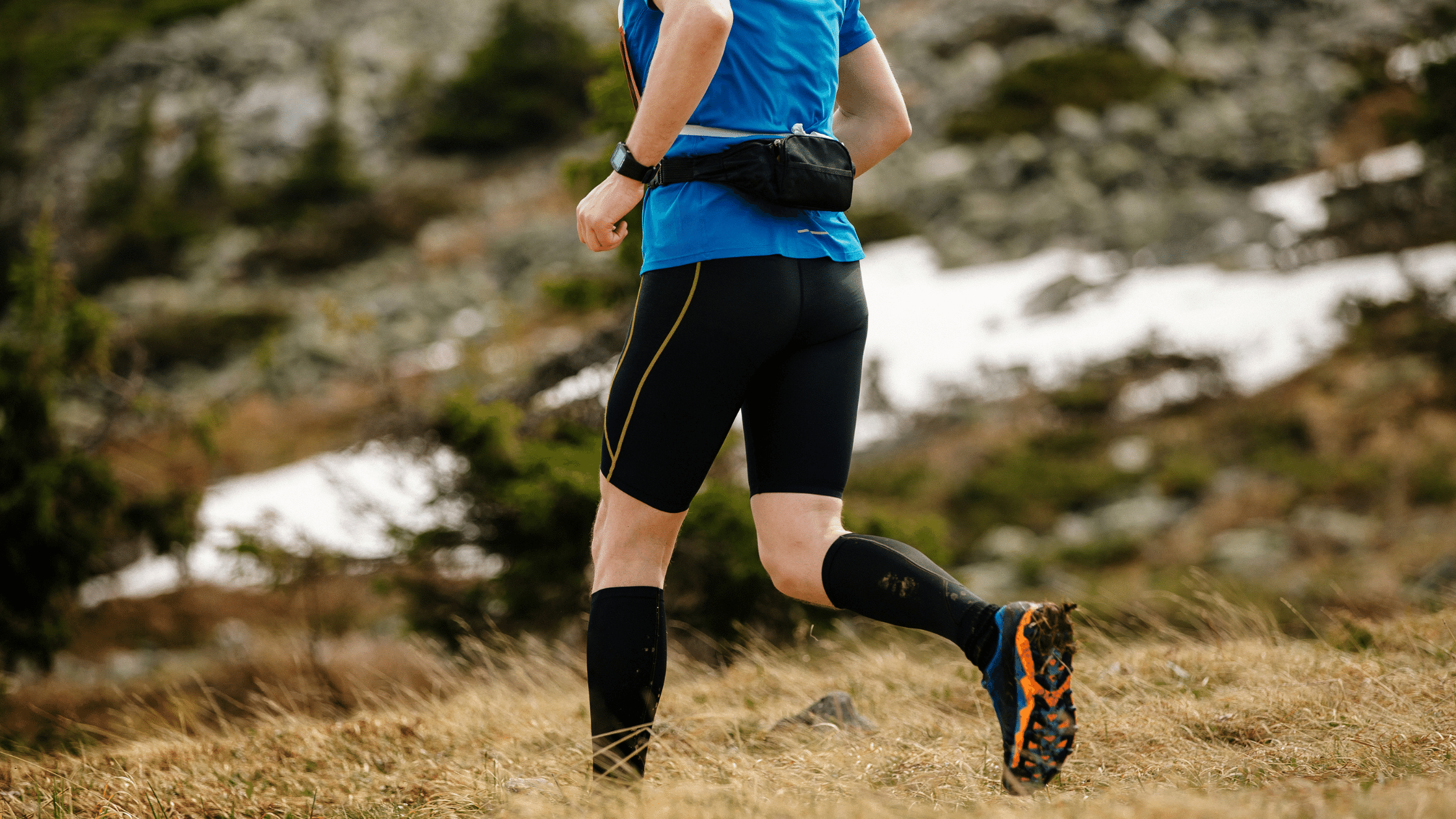
Should runners wear compression socks?
As this is a relatively new piece of running apparel, the research comes in bits and pieces.
There is still much to look at and study in regards to the stockings however this is what we can glean from the past studies that have been performed.
Positive Research of Compression and Running:
Here are 5 notable reasons that research has found as to why runners should be wearing compression socks!
1. Your total work
and time under a load of stress is significantly decreased with the wearing of these
socks.
Therefore your body should be able to sustain more stress (mileage, increased speed) while wearing compression socks.
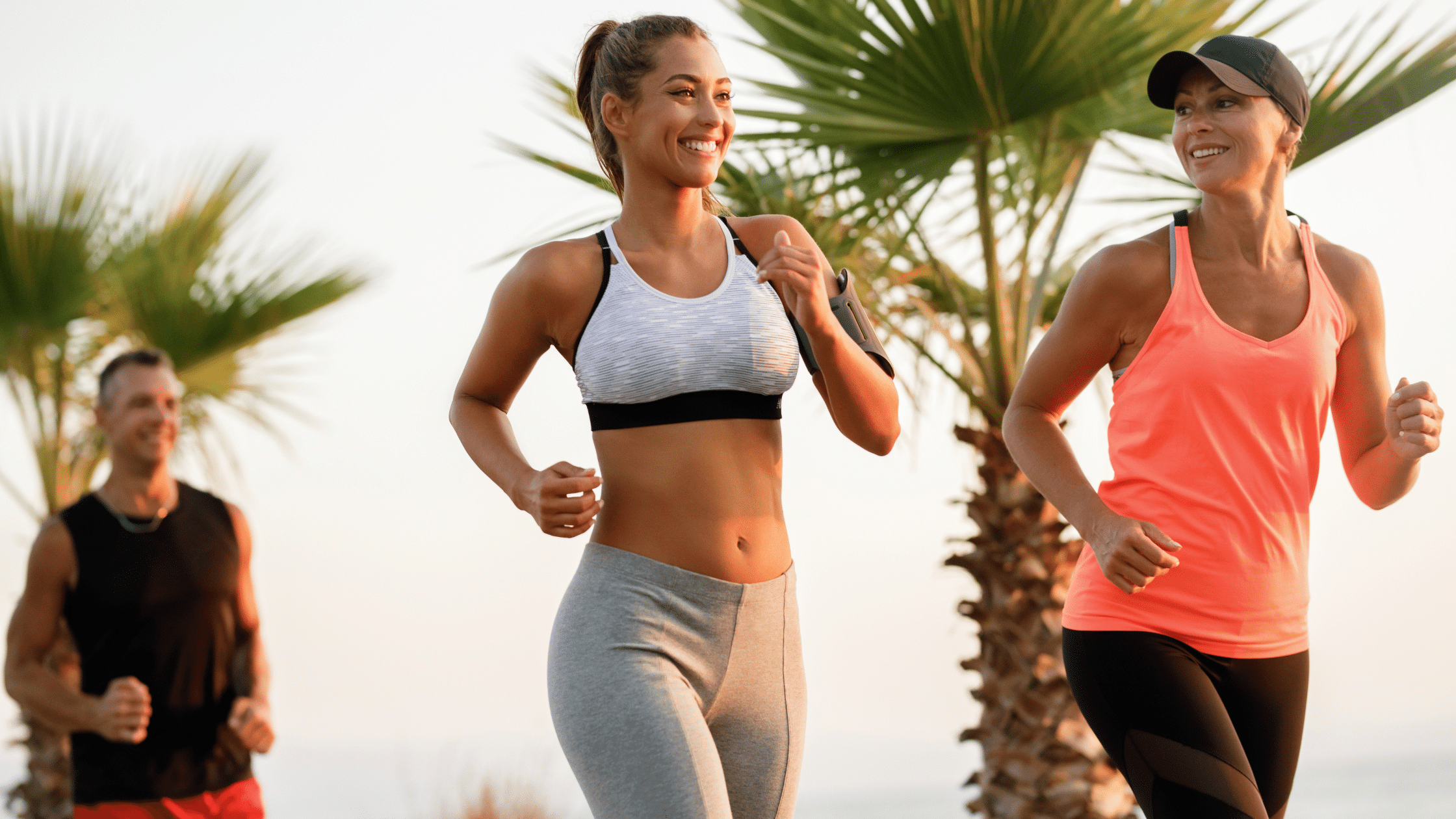
2. They significantly help to increase aerobic threshold (the ability of your body to use oxygen while
performing long distance running).
This is a great benefit as our aerobic threshold dictates our time until we HAVE to stop running. It is basically our limit point. If we can increase this threshold we can potentially increase the speed and distance that we can run.

3. Compression running socks help to
offset delayed onset muscle soreness up to 24 hours after a race or long
run.
This seems to be a constant in the research that has been done on recovery while wearing the socks. This benefit has been proven from 10K racing up to the marathon.
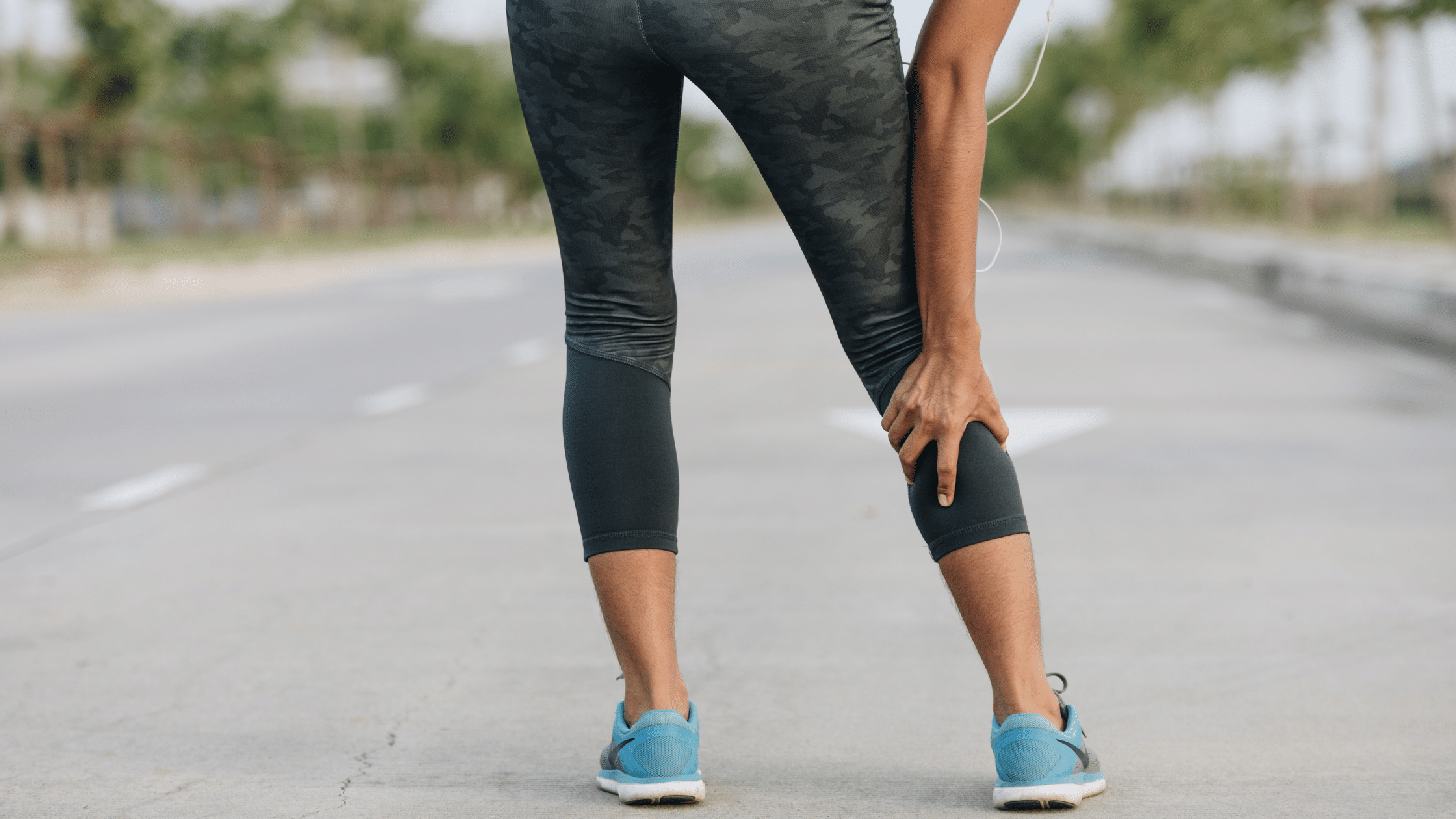
4. Wearing low
or medium grade socks help to maintain lower leg power after an endurance
event.

5. They provide increased
joint awareness and stability.
They can help us to avoid injury especially in our knees and shins (think shin splints) which are prone to injury.
If you are recovering from an injury or are trying to reduce having a recurring injury, compression socks can also help you reach these goals!
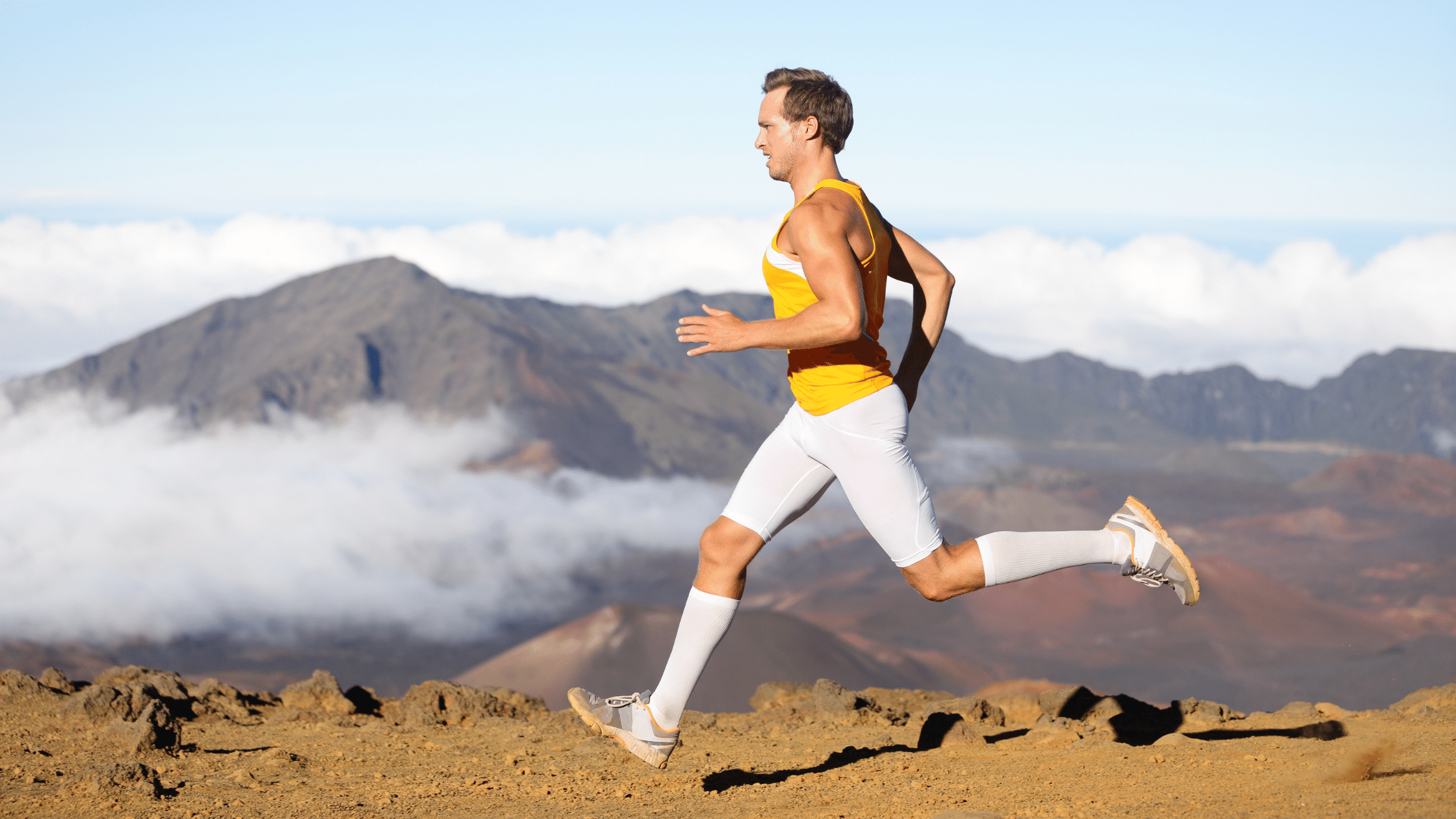
Of all of these benefits perhaps the most notable
conclusion is:
That below the knee compression running socks have proven to be a functional recovery aid up to 48 hours after a marathon race or long distance run.

Any negative research on compression running socks?
There isn't really any negative research, more just uncertainty on the benefits such as:
- The socks appear to increase oxygen saturation but not overall running performance.
- They do not seem to improve running economy in runners.
- A 2014 study of experienced triathletes in a half-ironman revealed that no advantage was given for wearing compression socks in regards to maintaining muscle function or reducing muscle damage while exercising.
What are the best compression socks for running?
Compression running socks come in four grades of pressure.
The pressure is measured in terms of millimeters of mercury or mmHg which is the same unit used to measure our blood pressure.
There are 4 different degrees of compression that you can choose from:
- low or mild: 8-15 mmHg
- medium: 15-20 mmHg
- high: 20-30 mm Hg
- extra firm: 30-40 mmHg
But What Level of Compression Running Socks do you need?
There are 4 levels of compression socks:
- Low or mild compression
- Medium Compression
- High Compression
- Extra Firm Compression
More on these below.
I also have an in-depth page on the best compression socks for runners here where I outline my 6 favorite compression running socks including their pros and cons.
Choose low or mild compression (8-15 mmHg) if:
You are sitting or lounging at home (or even out and about but are not running.
These are great if you find yourself sore after a run the next day or just feel a bit tired in the legs.
Choose medium (15-20 mmHg) if:
You are going to actually be running a long run or marathon. These are also good for your recovery days.
These from FuelMeFoot are a favorite and Amazon buyers seem to love them too!
I also own these ones that are great for both running and everyday wear.
Choose high (20-30 mm Hg) if:
You are trying to protect yourself from a weak area in your body such as shin splints. These are also another good fit for marathon racing and recovery.
Also if you are a runner with varicose veins or your genetics pre-dispose you to varicose veins then these will be a good level as they will offer more protection against developing further varicosities.
Here are some awesome 20-30 mmHg compression socks from Physix Gear Sport!
Choose extra firm (30-40 mmHg) if:
You have severe varicose veins or a history of blood clots, or experience lots of swelling and soreness during and after your runs.
You can get any of these compression levels in a full sock form or as a "sleeve". Sleeves are awesome if you don't want the full sock/foot part.
Some might prefer compression sleeves like these to the actual full sock.
In Conclusion:
Wearing compression running socks appears to vary greatly between individuals.
However its greatest advantage seems to be in long run recovery and injury prevention.
They can significantly reduce muscle soreness after a marathon or long distance running, prevent such injuries such as shin splints and provide a stabilizing effect on the muscle.
And if for nothing else, you feel a placebo effect benefits you, then go for it.
I wish I had worn compression running socks sooner!
Another point to consider when deciding whether or not to buy compression socks is genetics.
My family has a history of poor veins and blood clots (yay!).
I would notice spider veins cropping up here and there in high school when I was already doing long distance running but it wasn't until pregnancy and beyond that I realized I could have protected my veins more had I worn compression socks even just while running.
The high impact of this exercise can make you more susceptible to things such as varicose veins if you are already pre-disposed to them through genetics. Compression socks will definitely help to slow the process.
Pages Related to Compression Running Socks:
👋Sign up to receive the free printable strength exercises for runners: 👇
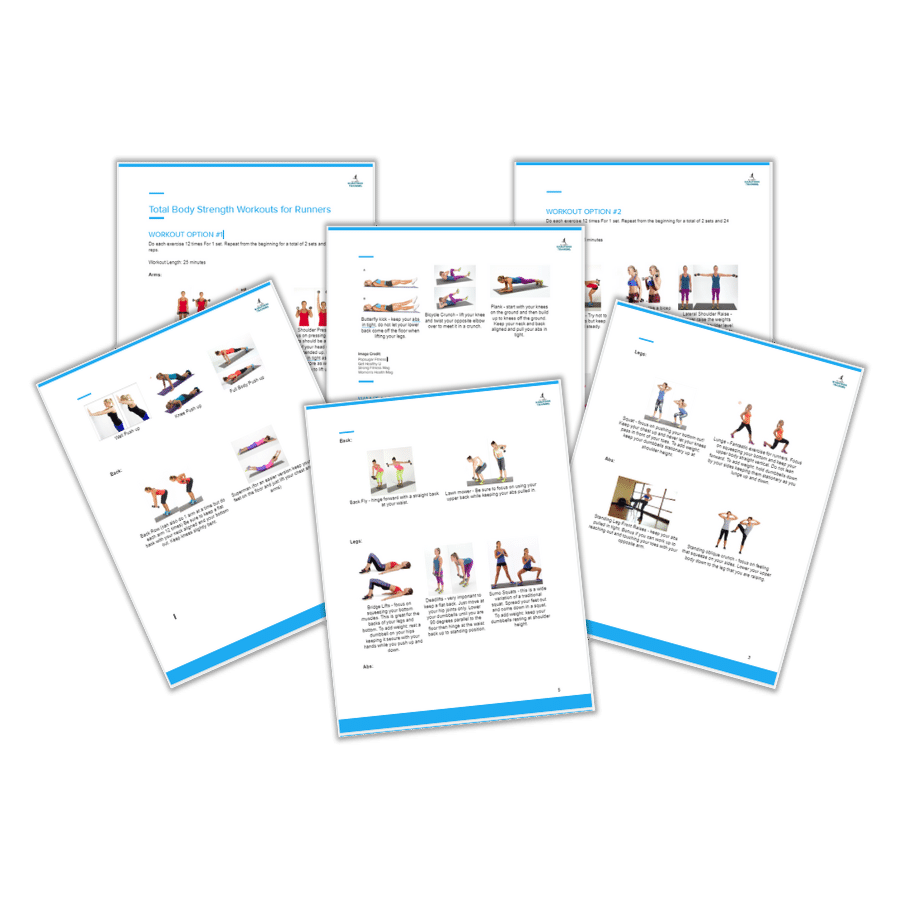 |
As featured on:

References:
Ali, A., M. P. Caine, and B. G. Snow. "Graduated Compression Stockings: Physiological and Perceptual Responses during and after Exercise." Journal of Sports Sciences 25.4 (2007): 413-19. Web.
Armstrong, SA, ES Till, SR Maloney, and GA Harris. "Compression Socks and Functional Recovery following Marathon Running: A Randomized Controlled Trial." Journal of Strength & Conditioning (2015): n. pag. Pubmed. Web.
Kemmler, Wolfgang, Simon Von Stengel, Christina Köckritz, Jerry Mayhew, Alfred Wassermann, and Jürgen Zapf. "Effect of Compression Stockings on Running Performance in Men Runners." Journal of Strength and Conditioning Research 23.1 (2009): 101-05. Web.
MacRae, BA, JD Cotter, and RM Laing. "Compression Garments and Exercise: Garment Considerations, Physiology and Performance." Journal of Sports Medicine (2011): n. pag. Pubmed. Web.
Miyamoto, N., and Y. Kawakami. "No Graduated Pressure Profile in Compression Stockings Still Reduces Muscle Fatigue." International Journal of Sports Medicine (2014): n. pag. Pubmed. Web. 24 Mar. 2015.
Stickford, AS, RF Chapman, JD Johnston, and JM Stager. "Lower-leg Compression, Running Mechanics, and Economy in Trained Distance Runners." International Journal of Sports Physiology Performance(2014): n. pag. Pubmed. Web.
Alternate Pins:
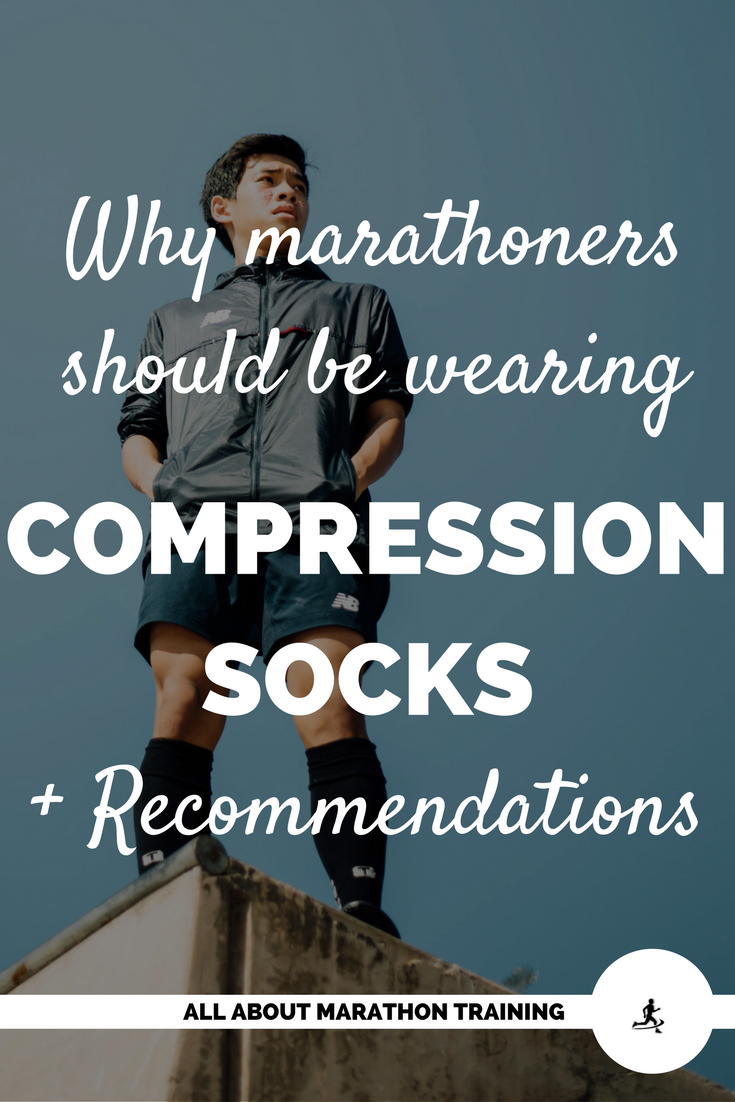
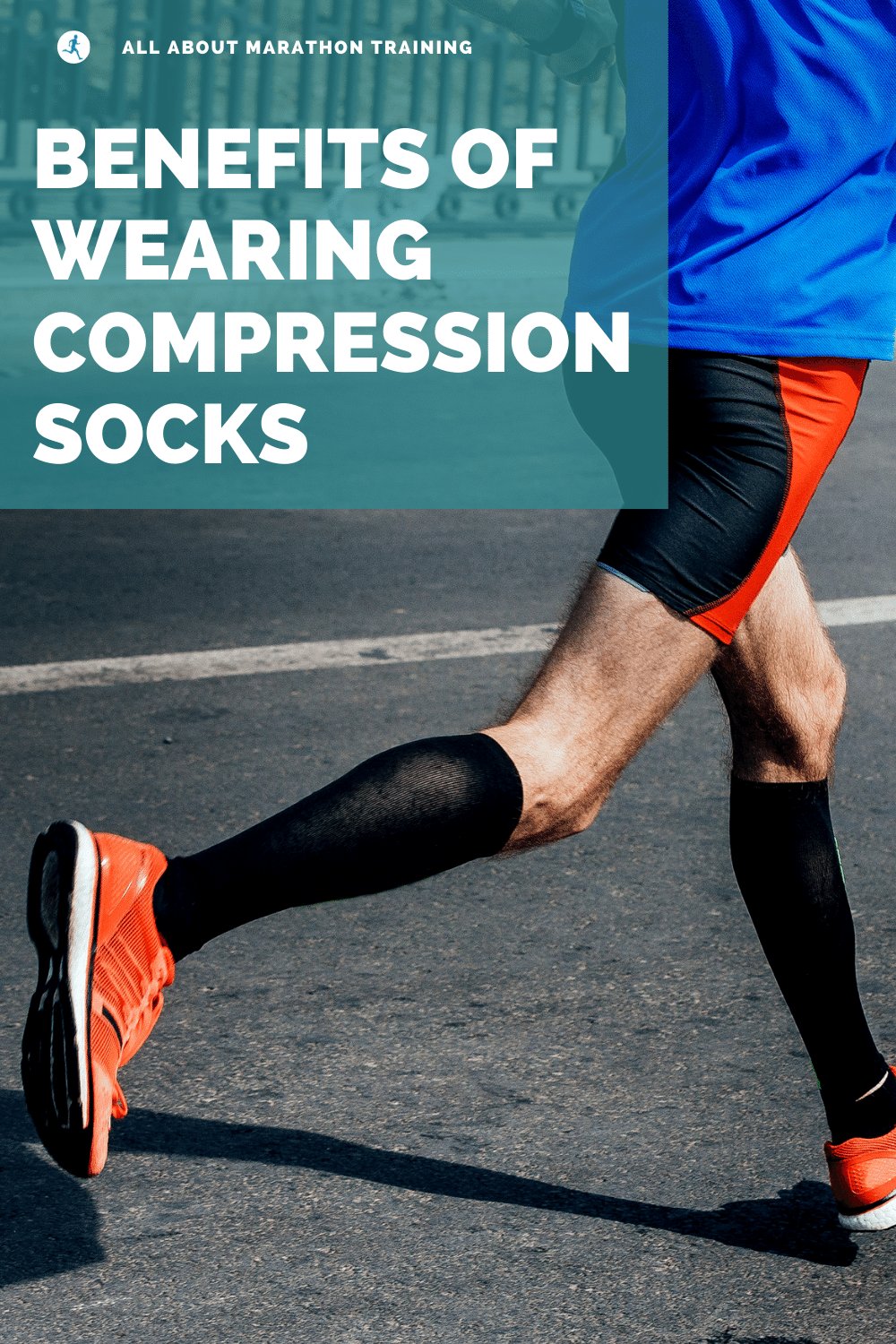
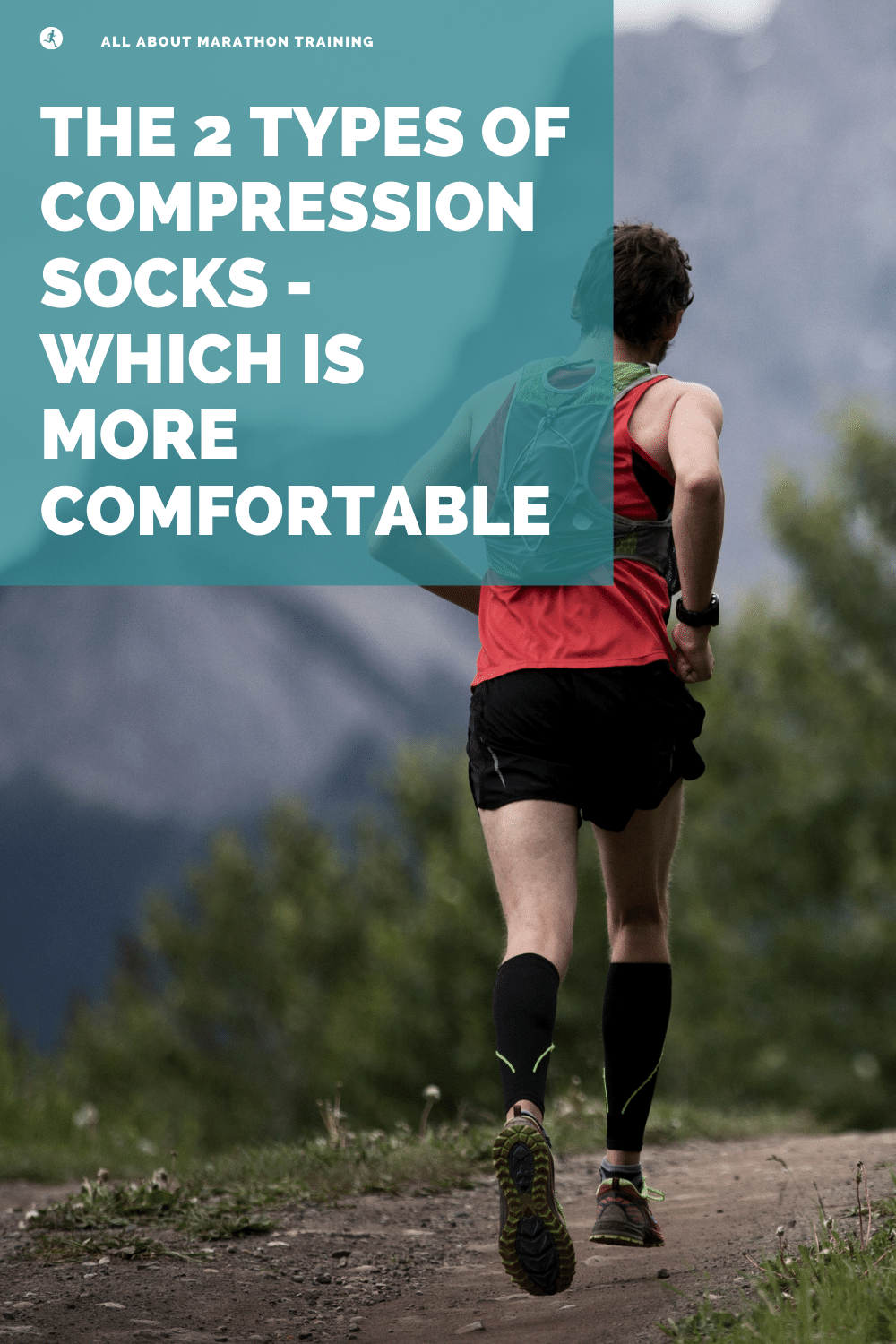
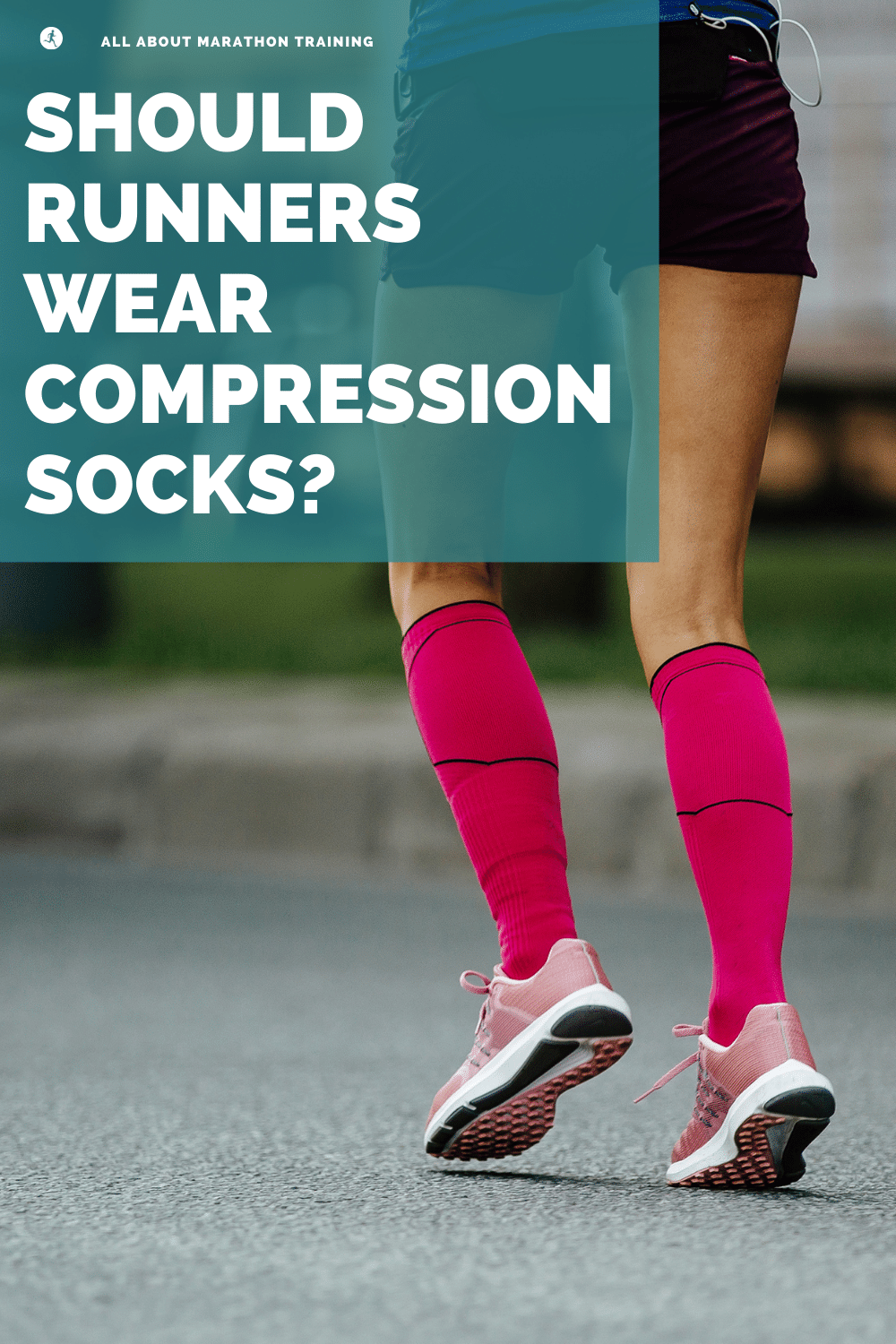
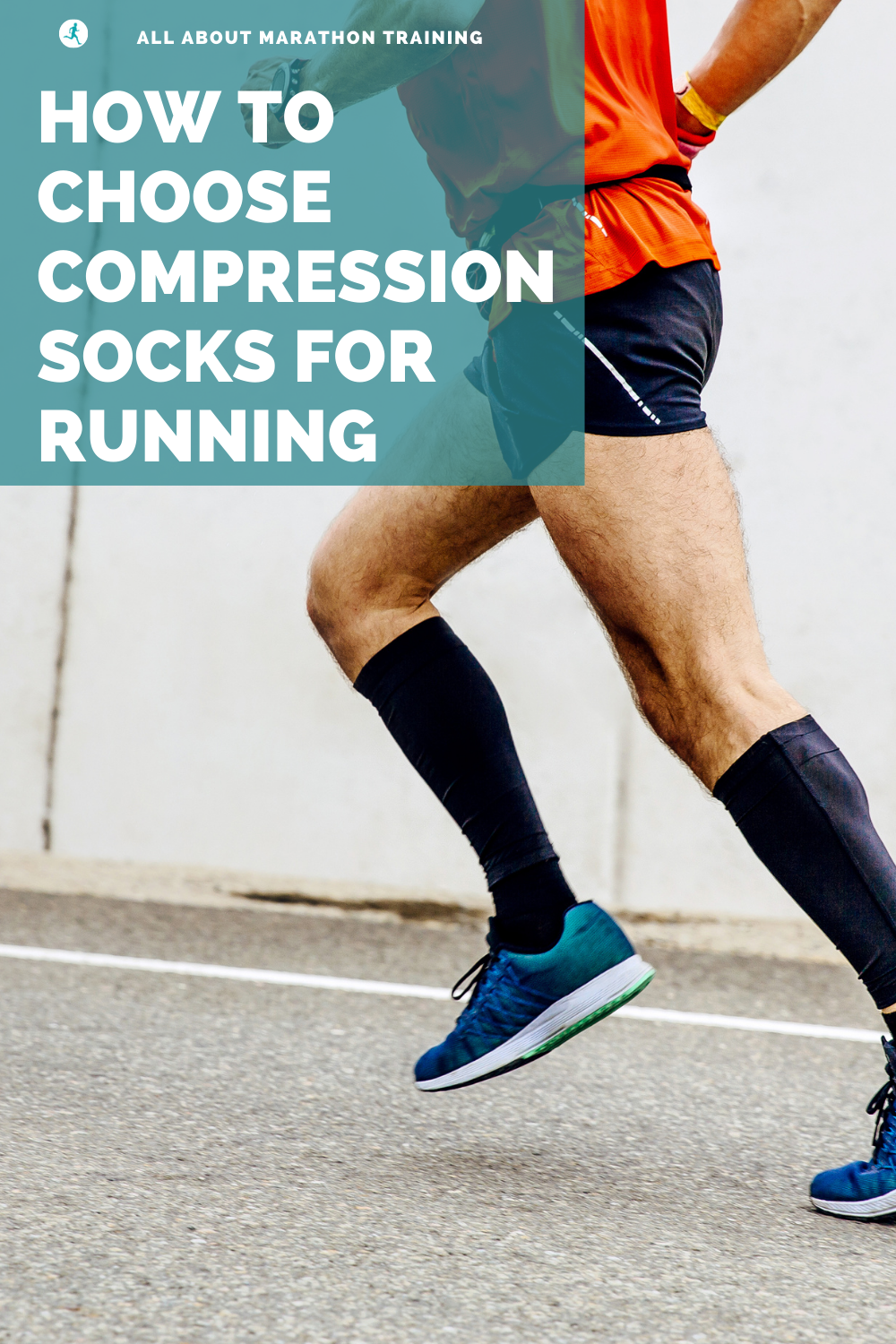
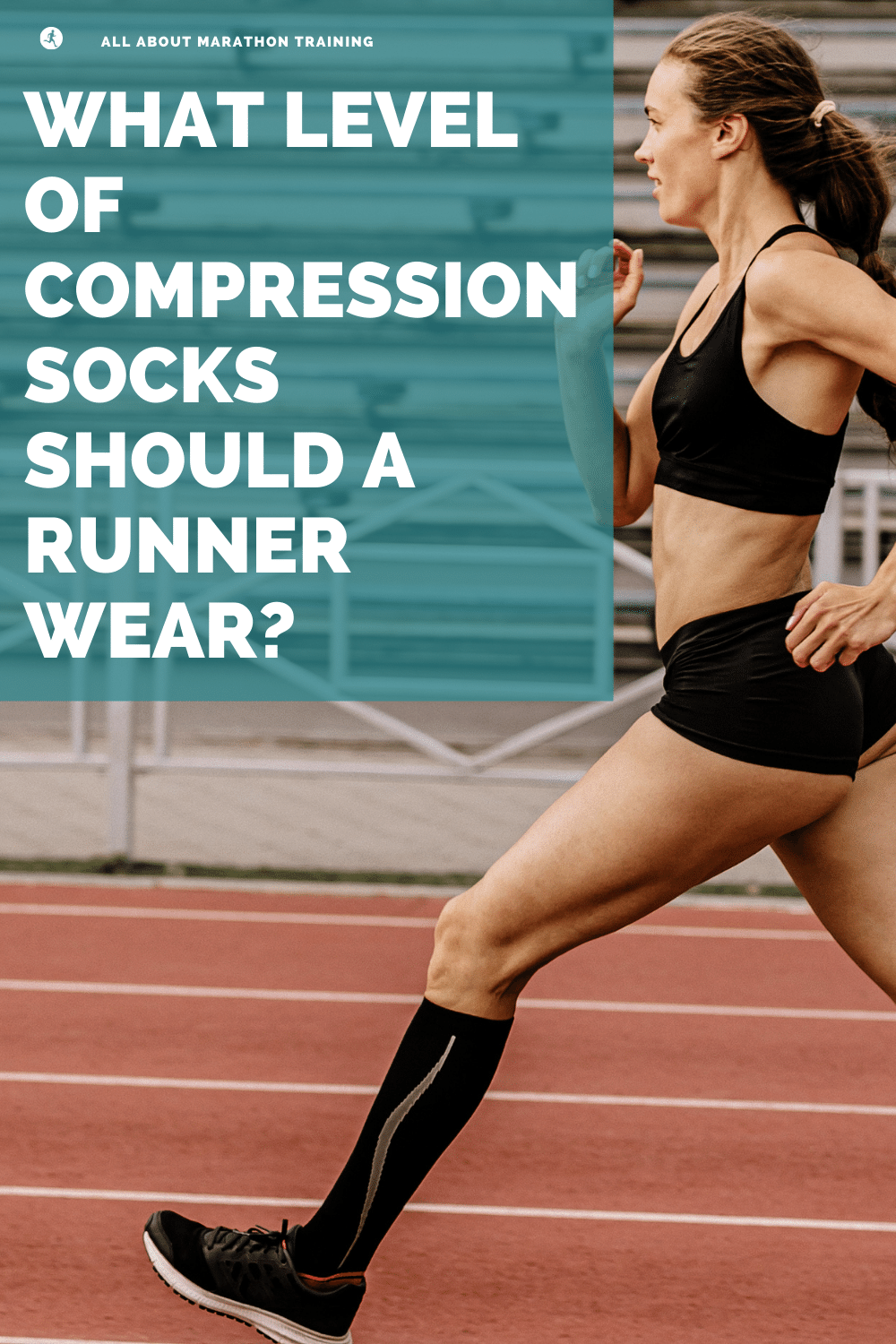
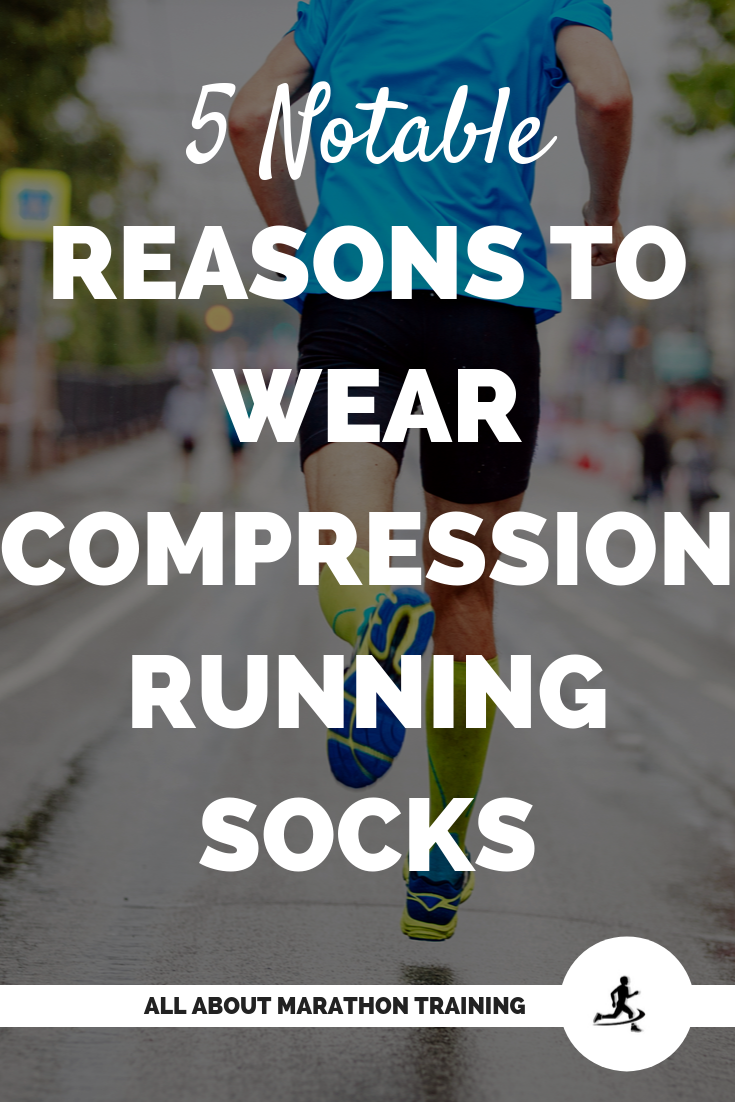
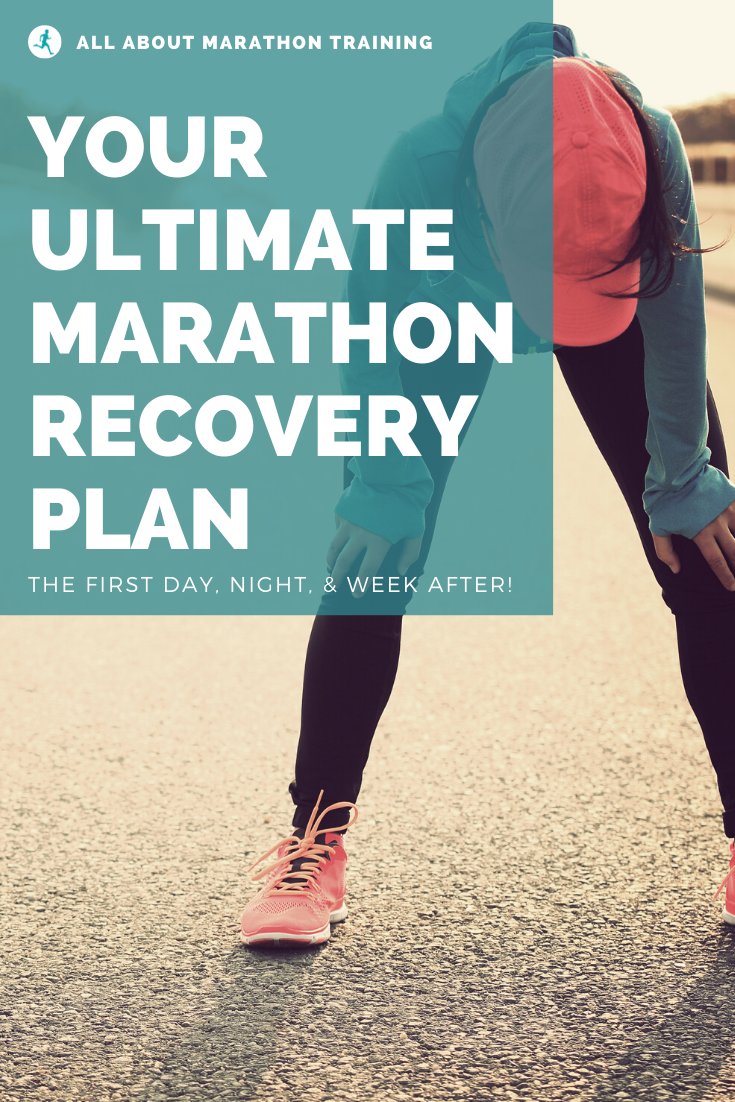
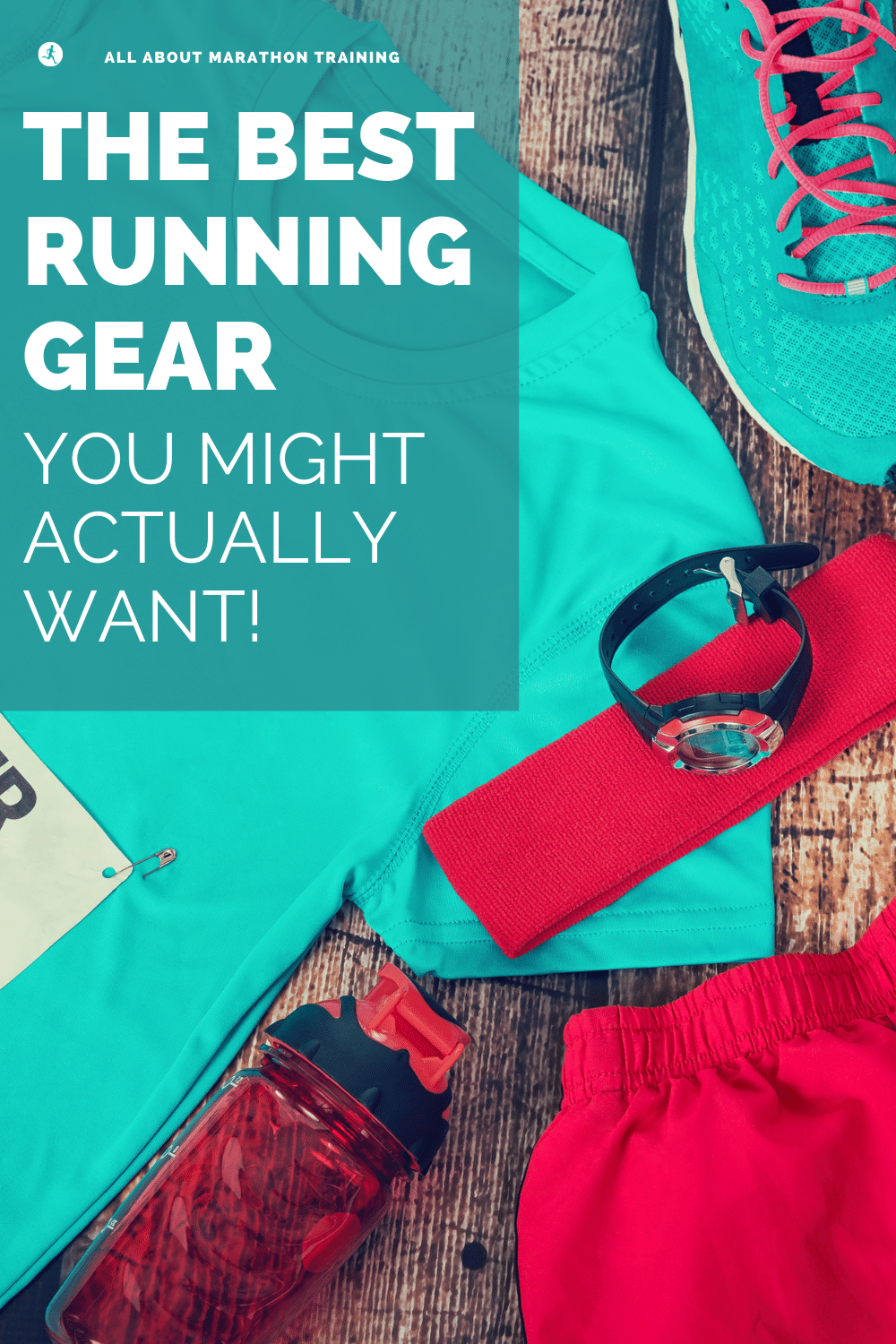
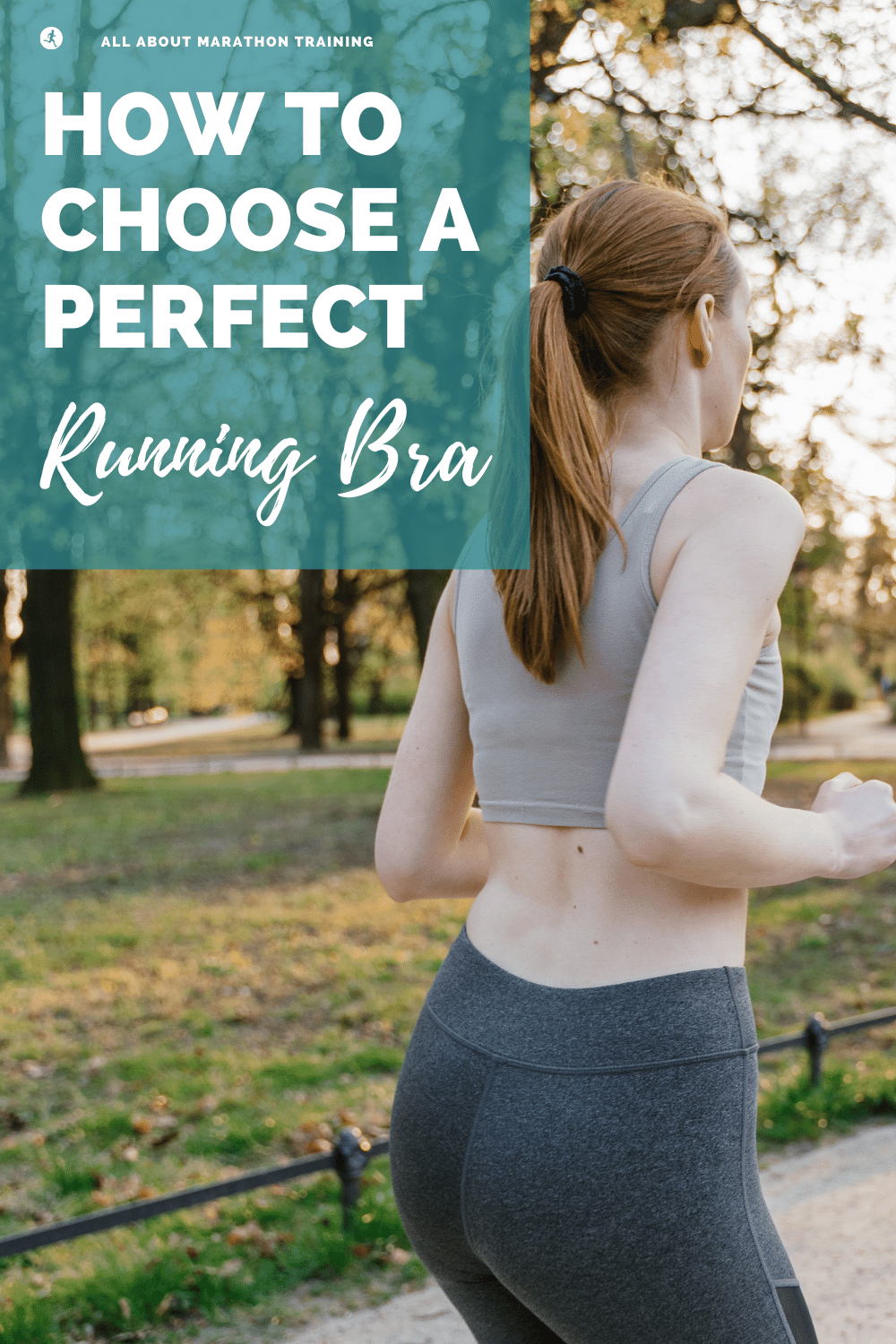
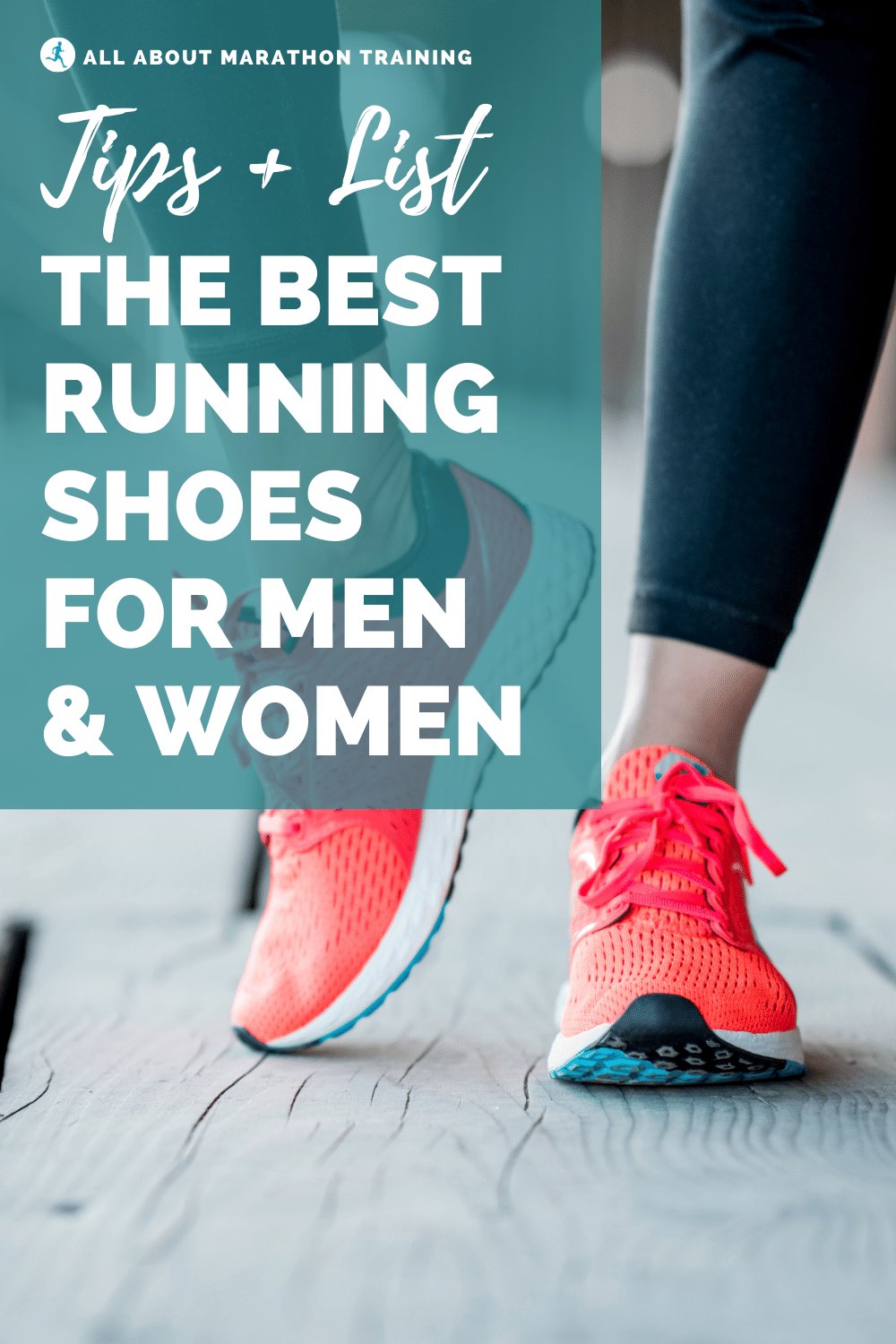

New! Comments
Have your say about what you just read! Leave me a comment in the box below.